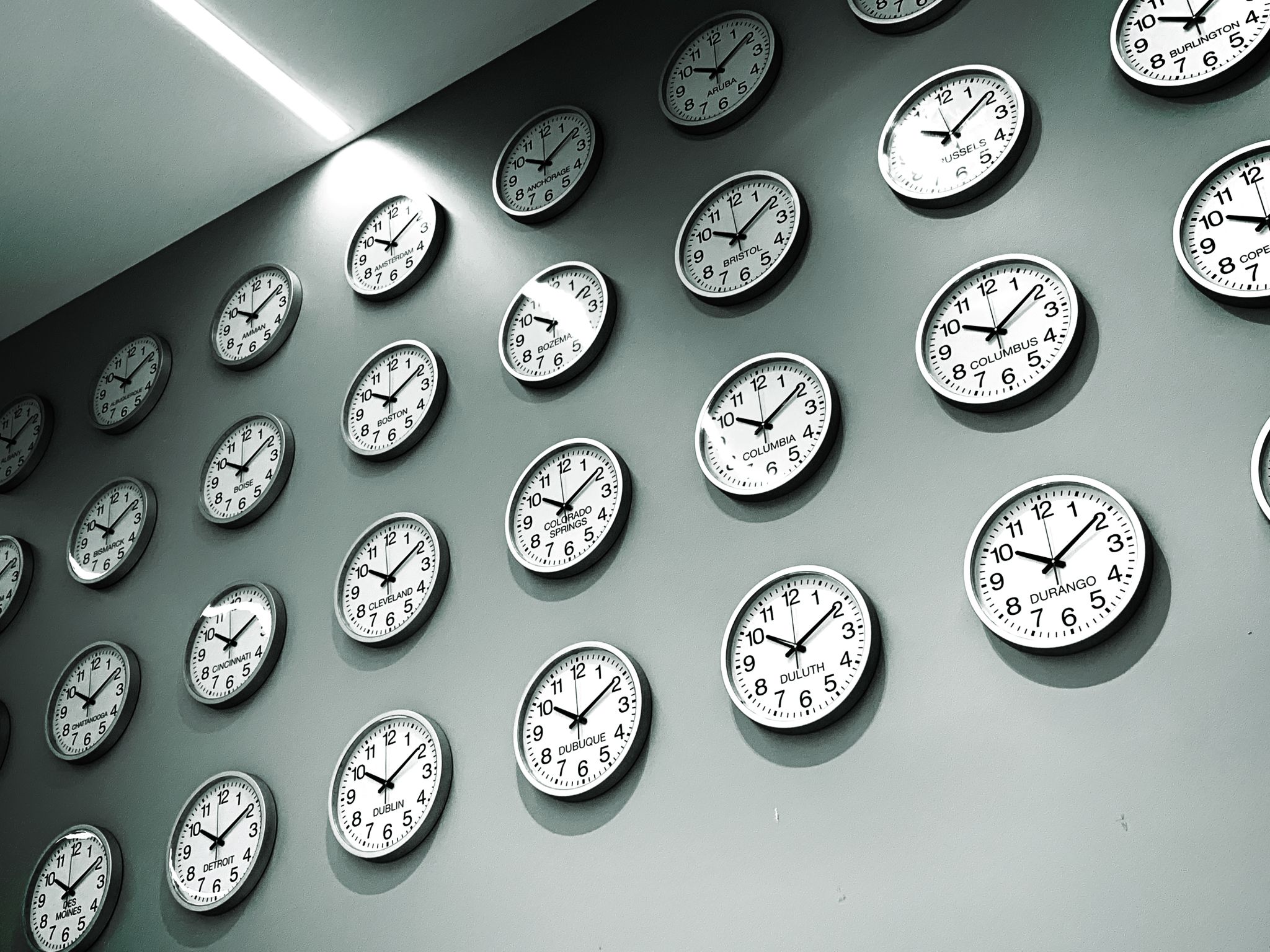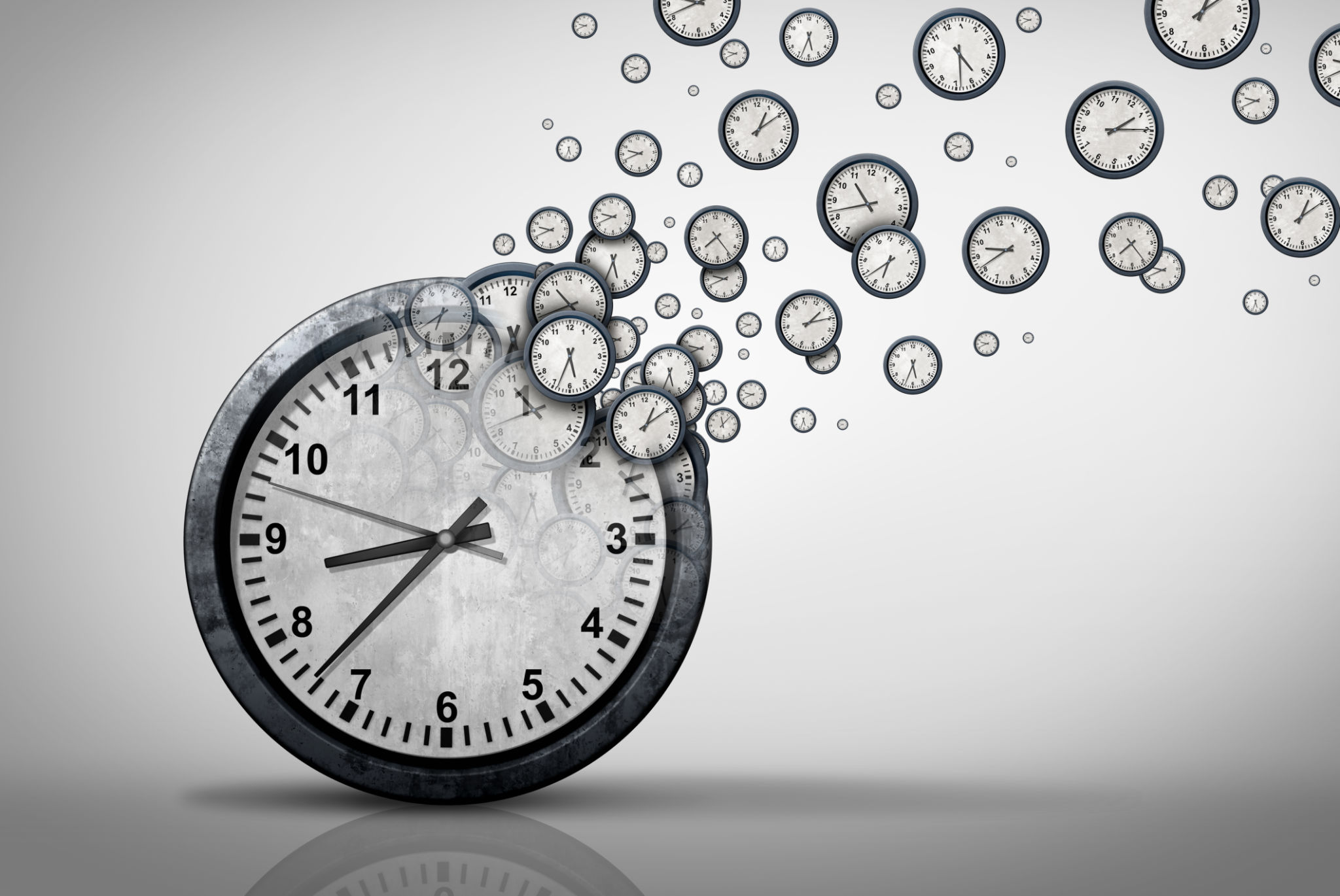Exploring the Latest Innovations in International Clock Tools
Introduction to International Clock Tools
In today's globalized world, time management is more crucial than ever. As businesses and individuals interact across time zones, the innovation in international clock tools plays a pivotal role. These tools not only help in synchronizing activities across different regions but also enhance productivity and communication.

The Evolution of Clock Tools
The journey of clock tools began with simple wall clocks and has now expanded into sophisticated digital platforms. These advancements have been driven by the need for accuracy and the ability to manage multiple time zones simultaneously. The evolution of these tools reflects the growing complexity of our interconnected world.
Initially, international clock tools were limited to physical clocks displaying multiple time zones. However, with the advent of the internet and mobile technology, digital solutions have taken center stage. These innovations offer greater flexibility and functionality, allowing users to customize their experience to suit individual needs.
Key Features of Modern Clock Tools
Modern international clock tools offer a range of features that cater to diverse requirements. Some of the key features include:
- Customizable Time Zones: Users can select and display multiple time zones simultaneously.
- Automatic Daylight Saving Adjustments: These tools automatically adjust for daylight saving changes, ensuring accurate timekeeping.
- Integration with Calendars: Seamless integration with digital calendars allows for better scheduling and planning.

Innovations in Mobile Applications
Mobile applications have significantly transformed how we interact with time. With the rise of smartphones, international clock apps have become more accessible and feature-rich. These apps offer real-time updates, alarms, and reminders tailored to multiple time zones, making them indispensable for frequent travelers and remote teams.
Many apps now utilize advanced technologies such as GPS to automatically adjust time zone settings based on the user's location. This ensures that users are always aware of the correct time, no matter where they are in the world.
Smart Clocks and IoT Integration
The Internet of Things (IoT) has introduced a new dimension to clock tools through smart clocks. These devices connect to other smart home systems and allow for enhanced automation and control. For example, a smart clock can sync with your calendar to provide reminders or adjust your thermostat based on the time of day.

This level of integration not only improves efficiency but also creates a more cohesive living environment. As IoT technology continues to evolve, we can expect even more innovative features to emerge in the realm of international clock tools.
The Future of International Clock Tools
Looking ahead, the future of international clock tools is promising. With continuous advancements in technology, these tools will become even more intuitive and user-friendly. AI and machine learning are set to play a significant role in this evolution, offering predictive insights and personalized experiences.
As globalization continues to expand, the demand for sophisticated international clock tools will grow. These innovations will be essential in bridging time gaps and enhancing global communication and collaboration.